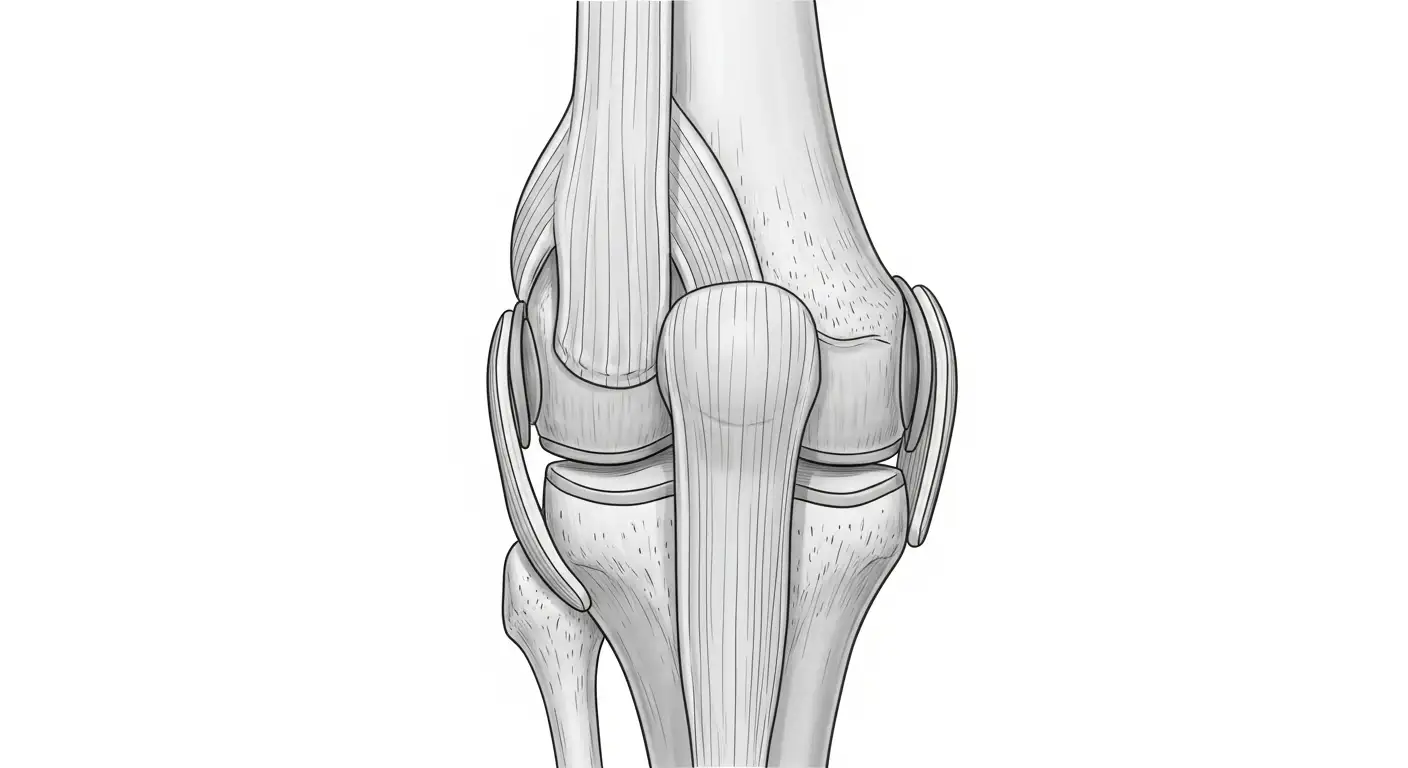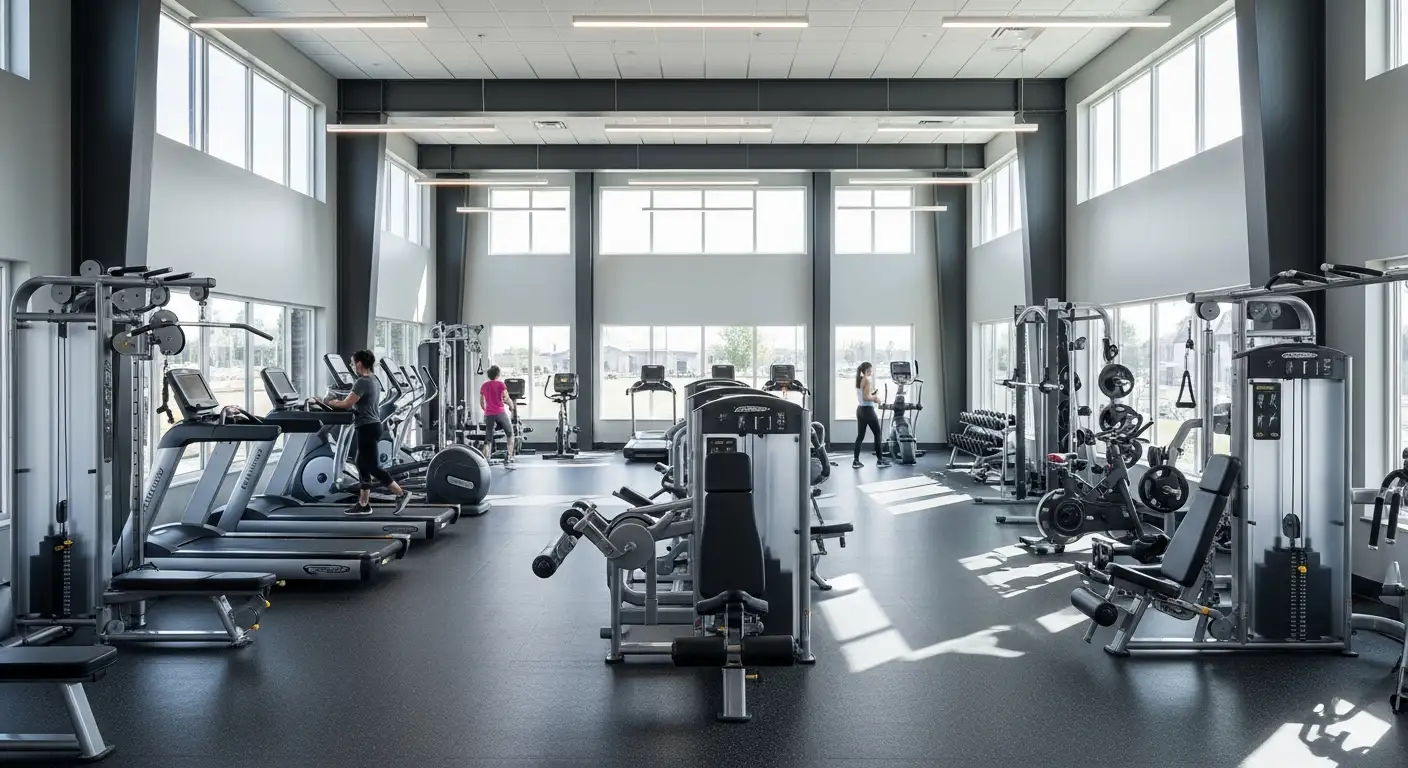Understanding Quadriceps Tendon Tears
A quadriceps tendon tear can significantly impact mobility and cause substantial discomfort. This section describes the symptoms and causes associated with such injuries.

Symptoms of Quadriceps Tendon Tears
Individuals experiencing a quadriceps tendon tear may exhibit a range of symptoms that indicate the severity of the injury. Common symptoms include:
These symptoms can lead to limited range of motion and difficulty performing everyday activities, such as walking or climbing stairs.
SymptomDescriptionTearing or Popping SensationSudden feeling during injuryPainIntense discomfort in the kneeSwellingNoticeable increase in knee sizeInability to Straighten KneeLimited ability to extend leg fullyDivot Above KneecapGap felt where tendon is torn
Causes of Quadriceps Tendon Tears
Quadriceps tendon tears are often associated with various risk factors, primarily affecting active middle-aged individuals. The primary causes include:
Understanding these symptoms and causes can help in identifying potential injuries and taking appropriate action. If knee pain arises from a sudden incident, individuals should seek evaluation for possible quadriceps tendon issues to prevent further complications. For additional insights into knee issues, check articles on kneeling hamstring stretch and tight hamstrings knee pain.
Risk Factors and Diagnosis
Understanding the risk factors and accurate diagnosis of quadriceps tendon tears can significantly aid in prevention and treatment.
Factors Contributing to Quadriceps Tendon Tears
Quadriceps tendon tears are generally uncommon but often occur among middle-aged individuals engaged in running or jumping sports. Factors that contribute to an increased risk for these tears include:
Risk FactorDescriptionAgeMost prevalent in middle-aged individualsPhysical ActivityCommonly occurs during jumping, quick direction changes, or improper landingsJoint or tendon weaknessUnderlying health conditions may weaken tendons, increasing the riskChronic DiseasesDiseases interrupting blood supply can make tendons more vulnerableMedicationsUse of corticosteroids and fluoroquinolones has been linked to tendon issuesProlonged ImmobilityExtended periods of immobility can weaken tendons
Symptoms associated with quadriceps tendon tears may include hearing a popping sound, experiencing acute pain, and feeling a ripping sensation. Following the injury, swelling, bruising, and limited knee movement can occur. Specifically, individuals may notice:
Diagnosing Quadriceps Tendon Tears
The diagnosis of a quadriceps tendon tear primarily relies on clinical presentation. Key signs indicating a tear include:
To confirm a diagnosis, ultrasound is the preferred method, as it effectively detects tendon defects and assesses any gaps in the tendon with knee flexion. It is also beneficial for monitoring healing processes and checking for hematomas or effusions.
Whether participants are engaged in sports or experiencing knee pain during normal activities, understanding these factors may help in both recognizing and preventing quadriceps tendon tears in the future. For more information on related knee pain issues, see our articles on tight hamstrings knee pain and knee pain when walking up stairs.
Treatment Options for Quadriceps Tendon Tears
When dealing with quadriceps tendon tear symptoms, the treatment approach will vary depending on the severity of the injury. Options can be broadly categorized into nonsurgical approaches and surgical repair.
Nonsurgical Approaches
For partial tears or less severe injuries, nonsurgical treatment options may be sufficient. These methods focus on stabilizing the injury and supporting the healing process.
Nonsurgical TreatmentDescriptionRestAvoiding weight-bearing activities to allow healing.IceApplying ice packs to reduce swelling and pain.CompressionUsing wraps or braces to minimize swelling and provide support.ElevationKeeping the knee elevated to help decrease swelling.Physical TherapyEngaging in guided exercises to strengthen the quadriceps and improve flexibility.
In some cases, a brace may be recommended to support the knee during the recovery process. These methods typically involve immobilization of the quadriceps and a gradual return to normal activities as the condition improves. According to the American Academy of Orthopaedic Surgeons, complete tears generally require surgical intervention.
Surgical Repair and Rehabilitation
For complete tears and cases where the tendon is significantly damaged, surgical repair is often necessary. The surgical procedure primarily involves suturing the torn tendon back to the kneecap.
Surgery is usually minimally invasive, performed through a small incision on top of the patella. Suture anchors may be used to secure the tendon back into place, promoting proper healing [4]. Rehabilitation following surgery is crucial to restore knee function and usually involves:
Rehabilitation PhaseFocusInitial RecoveryProtecting the repair, engaging in gentle range-of-motion exercises.StrengtheningProgressing to more challenging exercises to build strength in the quadriceps and surrounding muscles.Functional TrainingFocusing on activities that mimic daily movements and sports-specific actions to ensure a full return to activity.
It is important for the individual to follow a structured rehabilitation program to achieve the best possible outcome. Early surgical intervention typically yields better results, allowing for a more effective recovery process [5].
Individuals should consult their healthcare provider to determine the most appropriate treatment based on the specific injury and personal health conditions, ensuring a tailored approach for optimal recovery.
Recovery and Prognosis
Understanding the recovery timeline and prognosis for quadriceps tendon tears is vital for those affected. Recovery may vary based on the severity of the injury and the treatment approach taken.
Recovery Timeline for Quadriceps Tendon Tears
Recovery timelines for quadriceps tendon tears can differ significantly depending on whether the injury is complete or partial, as well as treatment methods. Here is an approximate timeline for recovery based on injury severity:
Recovery PhaseEstimated DurationInitial Rest and Ice (R.I.C.E. method)2 weeksImmobilization2-4 weeksPhysical Therapy4-6 monthsFull Function RecoveryUp to 6 months
A complete quadriceps tendon tear usually requires surgery, followed by physical therapy for full knee motion and functional recovery [6]. For complete tears, surgical repair might involve using wires, cables, or sutures to hold the kneecap in place, and results are typically better if the repair is performed promptly after the injury [5].
Prognosis and Long-Term Outcomes
The prognosis for individuals with quadriceps tendon tears largely depends on the type of tear and the treatment. Many people can achieve full recovery and regain strength and functionality, especially when adhering strictly to post-operative care and rehabilitation protocols.
Complete tears may heal on their own with appropriate treatment, but surgical intervention tends to yield better outcomes. After rehabilitating from a quadriceps tendon tear, most individuals see improvements, although they may need to implement precautionary measures to prevent future injuries.
It is crucial to engage in physical therapy not only for healing but also for strengthening the muscles around the knee to ensure stability, prevent recurrent damage, and maintain overall knee health. Recovery might take longer for those who don’t follow rehabilitation programs effectively. Understanding quadriceps tendon tear symptoms allows individuals to seek timely treatment, contributing to better long-term outcomes.
Preventing Quadriceps Tendon Tears
Preventing quadriceps tendon tears is essential, especially for individuals involved in high-impact sports and activities. By recognizing risk factors and applying effective strategies, the likelihood of suffering from this injury can be significantly reduced.
Risk Mitigation Strategies
Several factors can contribute to the likelihood of quadriceps tendon tears. To mitigate these risks, individuals should be aware of the following strategies:
Risk FactorMitigation StrategyAge (especially over 40)Engage in regular strength and flexibility training to maintain muscle health.Chronic diseases (e.g., diabetes)Manage underlying health conditions with medical guidance.Use of corticosteroids or fluoroquinolonesConsult with healthcare providers regarding medications and their implications.Prolonged immobilizationIncorporate gradual strengthening and mobilization exercises to maintain joint function.
Individuals with joint or tendon weakness due to health issues are at a higher risk for quadriceps tendon tears. Common conditions that increase susceptibility include rheumatoid arthritis, chronic kidney disease, and obesity [5]. It's important to be proactive in managing these conditions through lifestyle changes and medical advice.
Strengthening and Precautionary Measures
To further prevent injuries, specific strengthening exercises and precautionary measures should be performed regularly. Below are recommended exercises and strategies:
By recognizing risk factors and engaging in a proper strengthening regimen and precautionary measures, individuals can effectively reduce the risk of quadriceps tendon tears. For more information on knee pain related concerns, consider reading about knee pain when walking up stairs or exploring symptoms related to my knee feels weird but doesn’t hurt.
References
[2]:
[3]:
[4]:
[5]:
[6]:





